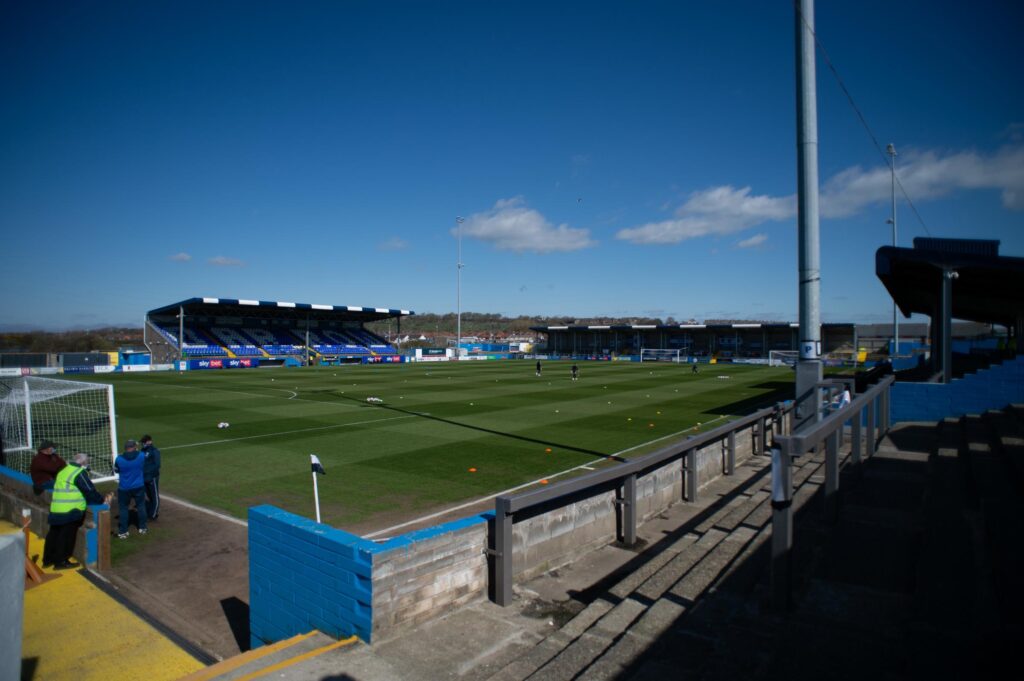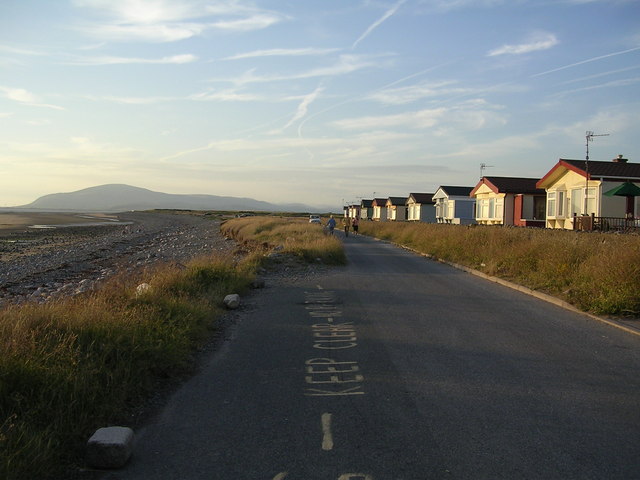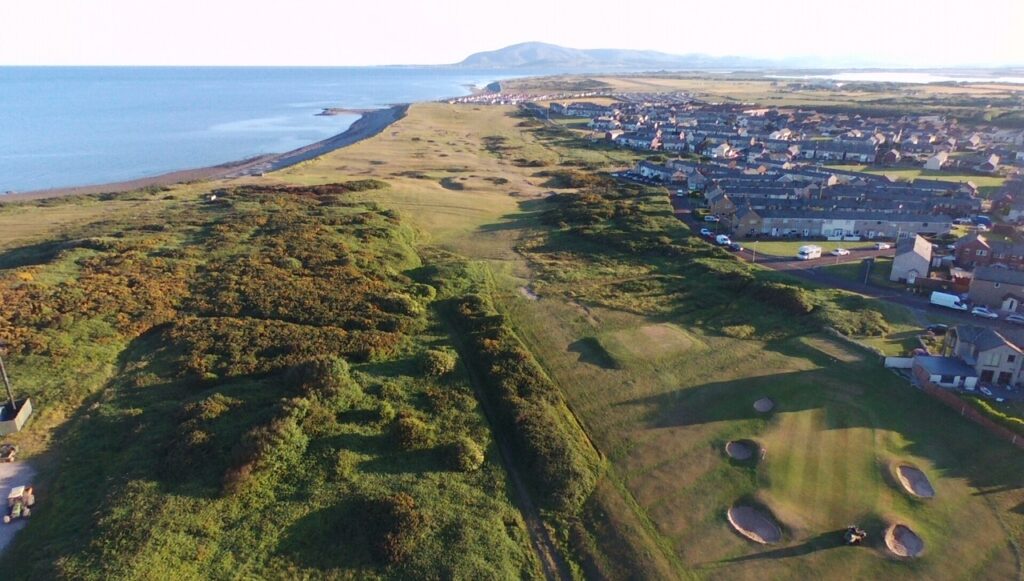With a wide variety of stalls from over 20 local traders, including gifts, services, clothing/shoes, food, electrical repairs and specialist handmade goods, the Market Hall is a must see!
Barrow’s original Victorian-style market was created in 1864 for the Furness Railway Company and then bought by Barrow Borough Council in 1874. Later, in 1903, Barrow Fish Market was built behind the Town Hall. The current Market on Duke Street was opened in June 1971 by The Queen. After receiving £16million Levelling Up funding works are due to get underway shortly to refurbish the Market and Town Centre.












